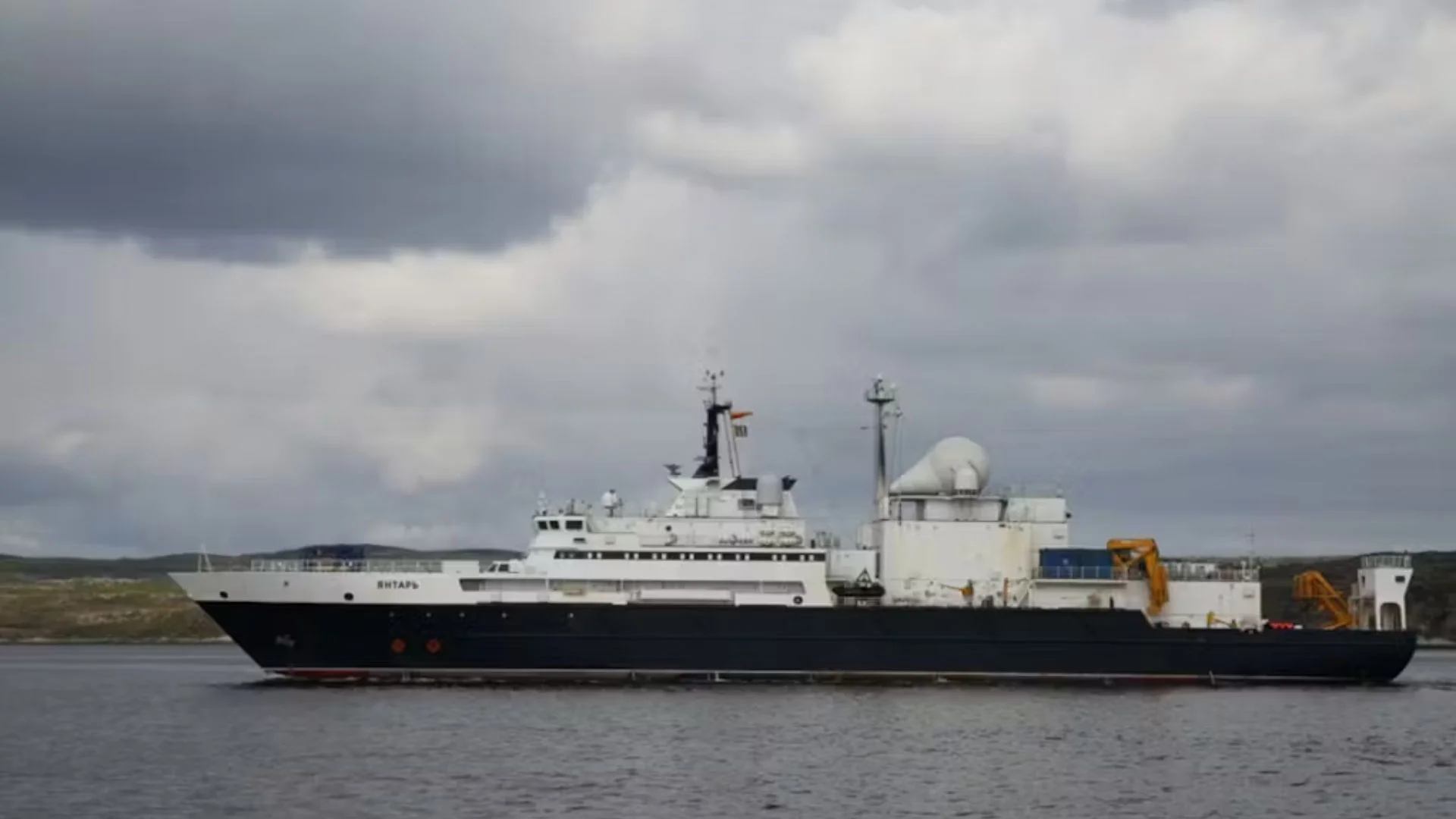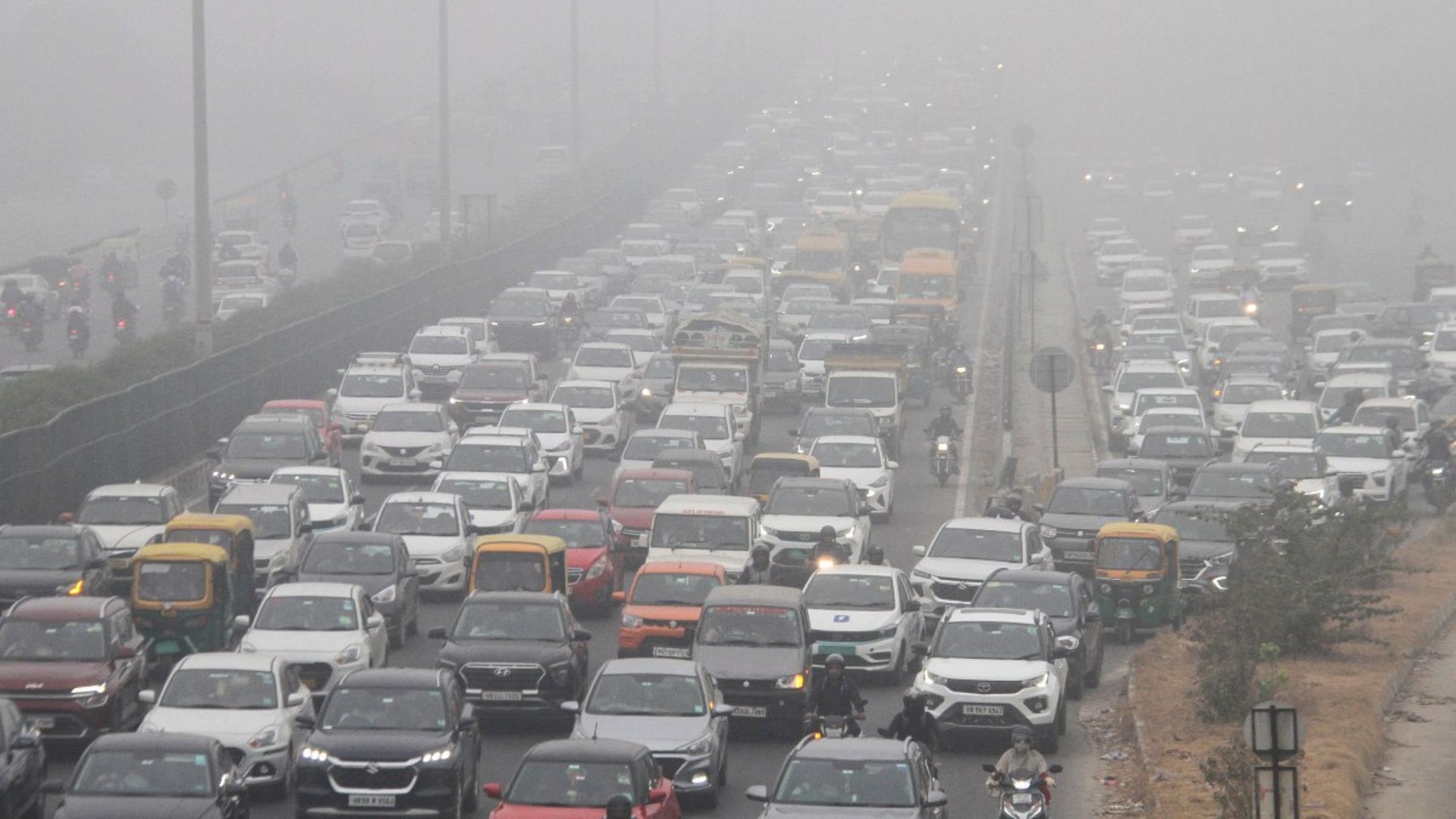
To begin with, ‘manmade’ climate change should not have happened. If it has, then easy solutions exist and it is certainly not as difficult as is being made out by the polluters.
Global powers, who manage perception management around the world frequently, insert too much information including false or misleading ones in digital and physical environments to alter the truths. They are the first ones to discard solutions, and that makes climate change a topic of politics more than anything else.
TACKLING CO2 EMISSIONS IS SIMPLE
With 2020-21 witnessing the world’s largest halts, people have realised the need to slow down the pace and conserve our environment. During the pandemic, suppressed social and economic activities led the global carbon dioxide emissions drop by 6.4% or 2.3 billion tonnes. But, with people adapting to the new normal, things are getting back to motion.
Isn’t it ironic that the so-called ‘leaders’ of global warming travel around the world in their energy-guzzling jets to assemble and suggest to the hapless citizens of the world to cut down on emissions? Isn’t it something that they themselves hypocritically do not follow?
Simple solutions are available that require no major investment to resolve global warming. These solutions come with added holistic answers to other facets that the common man might not even understand. Let us take a look at a few such practices that can bring down manmade climate change.
Global warming can be tackled using simple natural systems. In an energy-intense society, we generate energy to produce more energy. This is a perpetually unsustainable system where we create problems to solve existing ones.
Assuming that humans will keep living in an energy-intensive society, we will have to stop producing pollutants and greenhouse gases (GHG). To achieve targets for mitigating global warming, we require large-scale removal of carbon dioxide from the atmosphere.
There are four ways in which carbon withdrawal can take place and none of them include conferences, travelling for million miles, preaching without practice and manipulation. These are: (i) using carbon storage, (ii) growing seaweeds, (iii) Kelp farming and (iv) accentuating basalt weathering.
CARBON STORAGE
Carbon capture and sequestration (CCS) occurs when carbon dioxide (CO2) is captured by natural systems. CCS gets retained in the soil, vegetation, peat bogs, forests, wetlands, geological reservoirs, rivers, and seabed sediments. A whole array of technology options are available that capture and cut off CO2 artificially.
They help cut down emissions from coal and gas-fired power plants, industrial processes like cement production and natural gas processing facilities. CCS in natural systems should be encouraged and improved upon to lessen the effects of climate change. A massive improvement is needed in the management of our natural systems.
SHIFT IN FARMING METHODS
We have to move away from intensive farming to increase the amount of carbon held in soils. Tilling should halt and growing practices should move towards ‘cover cropping’. Cover crops are specific crops grown solely for fertilising and building the soil as they improve the physical properties of soil in just one growing season. Biomass that is being used as fuel to produce electricity or heat should return to the soil. Non-chemical herbicides must replace glyphosate-based ones. Crop rotation is an age-old method to keep soil fertility and productivity in check.
RENEWABLE ENERGY
During an energy-intense future, renewable energy deployment should replace carbon reliance. Solar, wind, hydropower and bioenergy sources will have a significant impact on reducing CO2 emissions into the atmosphere. On a positive note, wind and solar have outpaced investments in fossil fuels for the last three years running. They now offer electricity at a cost close to or equal to that of fossil fuels. Solar is the future of energy as electric energy is the future fuel.
CONSERVING & EXPANDING AREAS OF WETLANDS
Wetlands are one of such natural systems that can completely disrupt sin carbon in a store. Wetlands cover about 6% to 9% of the earth’s surface and have sequestered approximately 35% of the global terrestrial carbon.
Wetlands capture and store carbon in several ways that include the accumulation of organic matter in soils and photosynthesis. Carbon enters the leaves in gaseous form as carbon dioxide, where it is converted through photosynthesis into sugars and starches. This has served to slow the rate of accumulation of CO2 in the atmosphere and thus the rate of climate change. Wetland soils tend to remain “waterlogged”, thereby inhibiting the diffusion of oxygen. Decomposition rates slow down leading to the accumulation of large amounts of carbon within wetland sediment profiles.
Wetlands are unique in their own way. The Irrawaddy dolphin is the flagship species of Chilka Lake while the Keoladeo National Park in Rajasthan is a centre of environmental tourism and picnicking! Some wetlands even possess the ability to distribute carbon horizontally to adjacent wetland environments. Distinct wetlands like peatlands capture and store more carbon than others.
Wetlands International estimates that though peatlands cover just 3% of the earth’s surface area, they currently store about 30% of the world’s terrestrial carbon. Other wetland ecosystems that play a key role in carbon sequestration include seagrass meadows and mangrove swamps.
SEAWEED IS THE NEW SAVIOUR
Forests were considered the best natural protection against climate change. Recent research shows that seaweed is the most effective natural way of absorbing carbon emissions from the atmosphere. Seaweed has a huge role to play in fighting climate change. They absorb carbon emissions, create biofuel and renewable plastics, regenerate aquatic ecosystems and produce marine proteins.
India has launched a farming project off the Lakshadweep archipelago that aims to produce 30,000 tonne of seaweed a year. It has the technical support of the Central Marine Fisheries Research Institute (CMFRI) and will soon become the seaweed farming hub of India. CMFRI studies revealed an enormous potential for the production of quality seaweeds around pollution-free lagoons of Lakshadweep for high-end utilisation in food processing, pharmaceuticals and nutraceuticals.
Oceans are major sinks of carbon and seaweeds are well known for their carbon sequestration properties. Such a scale of seaweed farming would sequester nearly 6,500 tonne of carbon dioxide each day. This would add huge carbon credits to our nation and provide a climate-resilient livelihood to the islanders.
Seaweeds add a lot of advantages. Unlike trees, seaweed does not require freshwater or even fertilisers. They grow at a faster pace than trees, often extending up to 2 feet a day. Seaweed contains a small amount of Asparagopsis Taxiformis, a red algal species. Cows burp the greenhouse gas methane that develops from their foregut fermentation. However, if only a tiny percentage of their diet is Asparagopsis Taxiformis, methane gets hugely diminished. When added to cattle feed, it has the potential to reduce methane production from beef cattle by up to 99%.
KELP FARMING
And above all, kelp can really transform carbon storage in the world. Kelp is actually a type of seaweed. Kelp farming is considered to be a remedy for all the ills associated with global warming. The tremendous potential of seaweed farming as a tool to combat environmental change was described back in 2012.
Kelp’s miracle is hidden in a lot of advantages. Carbon dioxide acidifies seawater. Kelp absorbs carbon dioxide using the same principle as land plants take out CO₂ from the air. In the oceans, it also de-acidifies the water making it less acidic. By drawing CO₂ out of the waters they allow our oceans to absorb more CO₂ from the atmosphere. This is how kelp helps fight climate change.
These waters make it easier for anything with a shell to develop and that makes kelp important for shellfish production. Kelp in itself has value as feedstock in agriculture and has various industrial purposes. Kelp cleans wastewater from fish processing plants and does not require fertiliser to grow. They grow very fast, 30 times quicker when compared to land-based plants.
METHANE
Methane is the simplest hydrocarbon. It is a principal component of natural gas and a powerful greenhouse gas. Biogas is a mixture of methane, CO2 and small quantities of other gases produced by bacteria that break down organic matter in an oxygen-free environment. Methane is the principal gas in biogas and is also the main component in natural gas, a fossil fuel.
If 9% of the ocean were to be enveloped in seaweed they could generate 12 gigatonnes of bio-digested methane each year. Biogas production is carbon-neutral and does not add to GHG emissions. This could be burned as a substitute for natural gas, coal or firewood. The seaweed growth would further capture 19 gigatonnes of CO₂.
A further 34 gigatonnes per year of CO₂ could be taken from the atmosphere if the methane is used to generate electricity and the CO₂ generated is captured and stored. Seaweed can produce enough biomethane to substitute all of today’s needs in fossil-fuel energy. It can potentially remove 53 billion tonnes of CO₂ per year from the atmosphere.
BASALT WEATHERING
Basalt weathering has never been thought of. The world’s largest basaltic accumulation in the form of Deccan Basalts can actually alter the world’s carbon storage management. When silicate material like crushed basalt is combined with soil, it slowly dissolves and reacts with carbon dioxide to form carbonates. These carbonates either remain in the soil or move towards the oceans.
This method would allow between 0.5 billion and 2 billion tonnes of CO2 to be separated from the atmosphere each year. This rate of removal is comparable to that of other land-based approaches like carbon trapping and sequestration in geological deposits, the accrual of organic carbon in the soil and adding biochar (a carbon-rich material) to the soil.
Enhanced basalt weathering in soils has important technical and economic potential and can be part of a global strategy to extract atmospheric CO2. Enhanced rock weathering could lead to the large-scale removal of carbon dioxide from the atmosphere. In terms of cost and CO2 removal, this approach is as promising as other potential strategies.
Yet even under optimistic assumptions, enhanced rock weathering will sequester only some of the annual global carbon emissions from fossil-fuel use. The other method is prevention by enforcement and inducement.
LIFESTYLE CHANGES & A SHIFTING DIET
It may be hard to believe that the Butterfly Effect also functions directly or indirectly on our lifestyles! It’s all about driving small changes for large differences! So the choices we make about the food on the plates of our family determine what happens in the farmlands. Celebrities influencing the demand for leather jackets or fur hoodies tend to topple the balance of the wild animals in the Polar regions. It’s a Domino Effect! You become what you consume – the consumption in food or clothing being equally influential on the global market trends.
Let us take an example of how beef consumption creates too much carbon footprint. Why should people abandon eating beef or at least reduce it drastically? The reasons for this suggestion are not belief-based. Carbon reduction methods are needed to achieve a sustained future for feeding the growing population in the coming years. There is a direct relationship between how the shooting demand for beef increases the temperature of the earth.
People consume far too much protein than they require for their daily needs and this is a waste. This is roughly true across all the world’s regions and is the highest in developed countries. An average adult weighing 62 kg needs no more than 50 g of proteins per day.
An average American, European, Russian or Canadian eats up to 75 to 90 gram of protein per day (about 30 g from plants and more than 50 g from animals). In comparison, Indians and other Asians consume around 52- 55 g/day. Their proteins originate largely from legumes, fish and poultry. So do the Sub-Saharan Africans, though they eat a bit more meat than the world does.
Beef-eating in the US has dropped, thanks to health concerns about eating “red meat.” But the problem now is that more people from emerging economies like Brazil or China are now aping the West and adding more beef to their diet. The global demand for beef may increase by a whopping 95% by the year 2050.
Cattle breeding impacts the temperature on earth and contributes to global warming. It takes up a lot of land for pasturing and it is estimated that 25% of the earth’s landmass (minus Antarctica) would be needed for pasture. It is also estimated that a third of the global water is used for farm animal production.
HOW MUCH IS ‘TOO MUCH’?
How much do we really need to get through our day? Most of us are misinformed and hence eat more or starve ourselves for a lean physique! The first suggestion is not to overeat or simply put, reduce the overconsumption of calories. Second is limiting protein consumption by cutting down the consumption of proteins and we should include more plant-based proteins and lesser meat-based ones. Why consume 75-90 gram when we need only 55 gram of protein per day?
The third is compulsively undergoing lifestyle change – The basis of bringing a lifestyle change would be to reduce, reuse and recycle. We should include changes in design to make it sustainable by commuting habits towards sprawls and farmhouses, along with our weekend spending.
A check on our day-to-day living will harmonise the miscalculated spending on food, fashion and lifestyles. Incidentally, this is all enshrined in Sanatan Dharma, the eternal religion of humanity and lifestyle.
The writer is a strategic thinker, educationist, earth scientist, author, mentor, and advisor to various governments. Views expressed are the writer’s personal.















